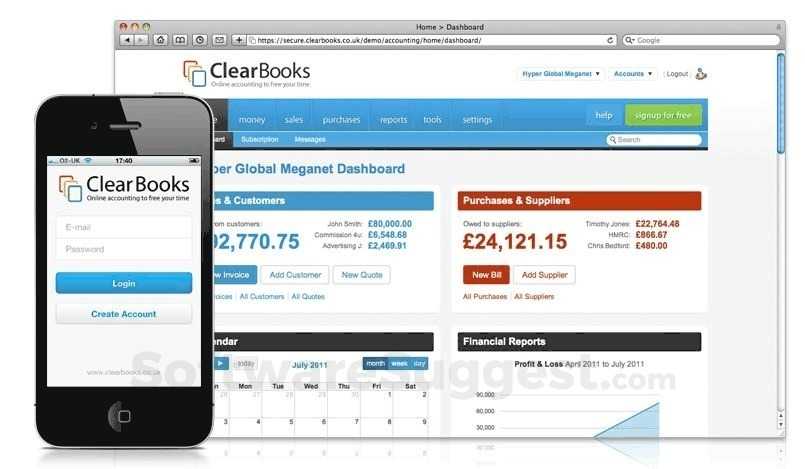
This is great, but if you need customization down the road, it’s a little more difficult to break away and set up things as you need them. They’ve set things up their way so you can hit the ground running. For the technical-minded, Stripe is incredible because their technical docs are thorough and best-in-class. They won’t fret if you need to do things your way. You can dissect and customize features as you see fit.

Stripe is your configuration-based provider. You also miss out on accepting foreign cards and methods of payment, which could affect who you can do business with. You have the option of adding support for mobile wallets, but it won’t support as many features as Stripe. Square is focused on card payments and physical in-person transactions. If you’re working with international clients or customers online, Stripe is your best choice. This access enhances your range of options for receiving payments and could improve the customer experience. Stripe also provides international support for an additional fee. With Stripe, you’ll receive access to ACH, local payment, Apple Pay, and other mobile wallet options. Stripe provides a more comprehensive offering when accepting different methods of payment, particularly online.
#Best bookkeeping app to use with square reader free#
Related: The Best Free Merchant Account for Your Business Payment Processing But depending on how you accept payments, the different philosophies can cause savings on fees or more support for specific forms of payment. Stripe and Square are more similar than not. In short, you don’t own the merchant account when you work with them.Īs a result, their month-to-month agreements make the most sense for small businesses with a lower transaction volume. They accomplish this by offering their services as third-party payment processors. Stripe and Square are popular because their customers face less regulation and their accounts require little to get started. Their POS systems are second to none and there’s a reason you’ll see them anywhere from farmer’s markets to restaurants. Square specializes in physical sales locations, but they make it easy to include ecommerce if businesses need it. Less hardware means fewer options for storefronts, restaurants, and other physical locations. And while Stripe provides support for POS transactions, the hardware they offer is significantly limited compared to Square.

While both offer POS and ecommerce solutions, Stripe offers much more flexibility for online transactions.

They’ve been around for some time and while each offers in-person and ecommerce solutions, they take different approaches to providing businesses the payment processing options they need. Stripe and Square are packed with features and innovations. Related: Everything You Need To Know About Payment Processing Stripe vs Square Features Overview What fun would a comparison be without competition? To determine the winner, we’ll assign points for each of the categories below. These giants set the bar for online and in-person transactions, and their hardware options will satisfy most, if not all, your needs. As a small business owner, you look for the best value with each tool you bring into your operation, and payment processing is no exception. This guide compares Stripe vs Square, two of the most popular payment processors.


 0 kommentar(er)
0 kommentar(er)
